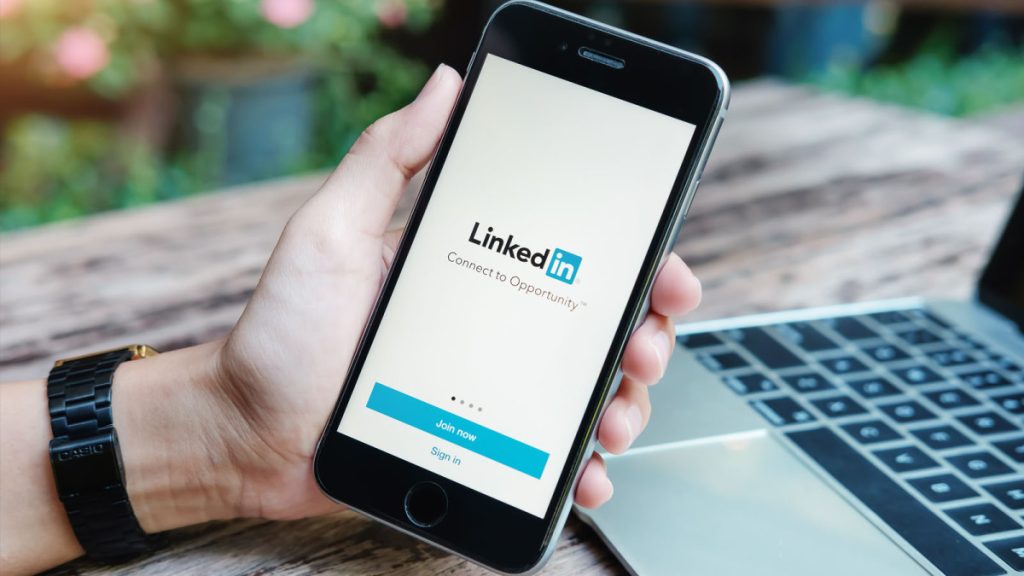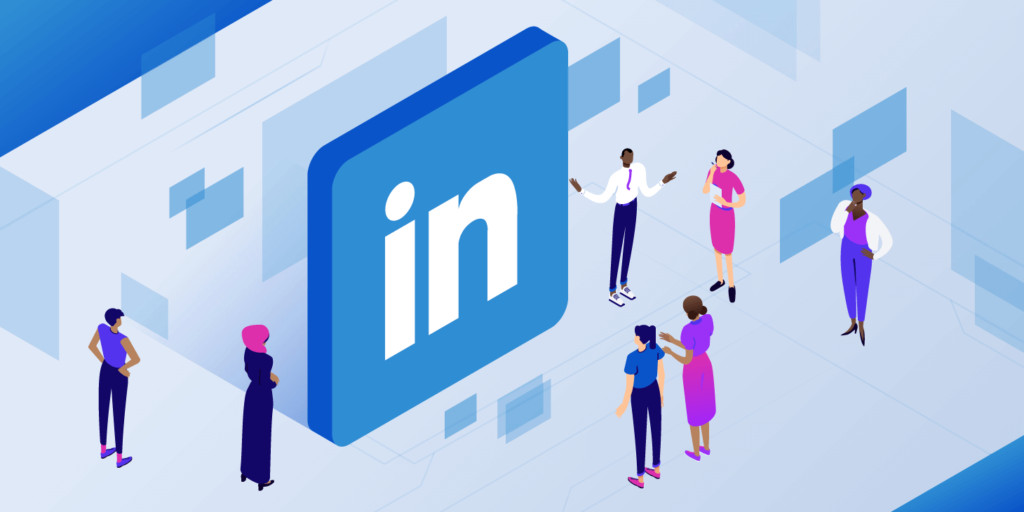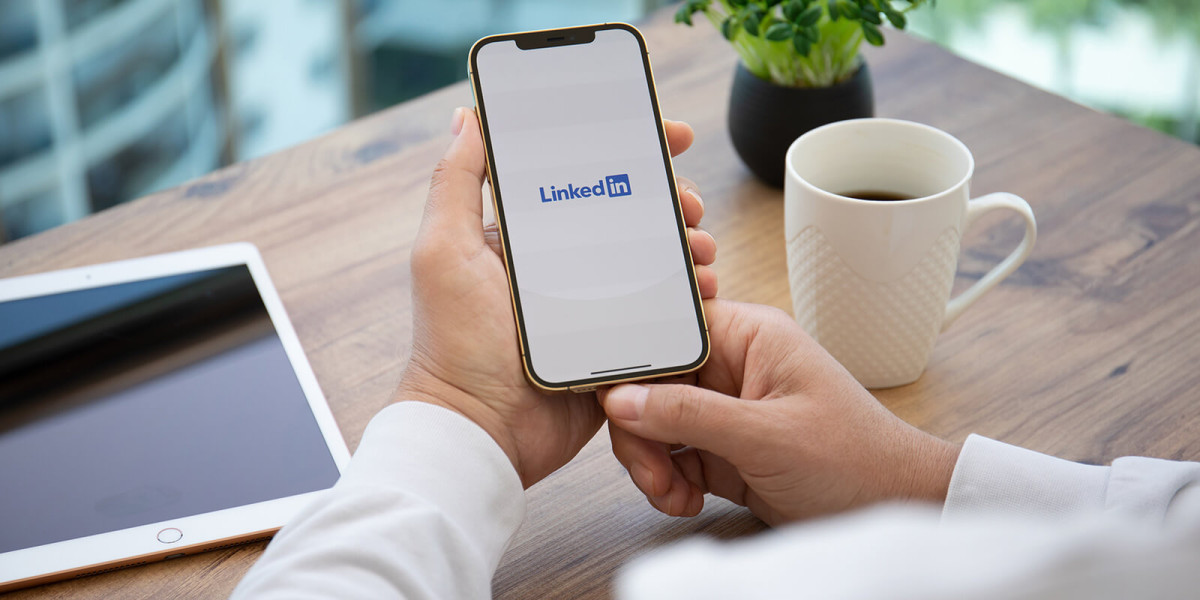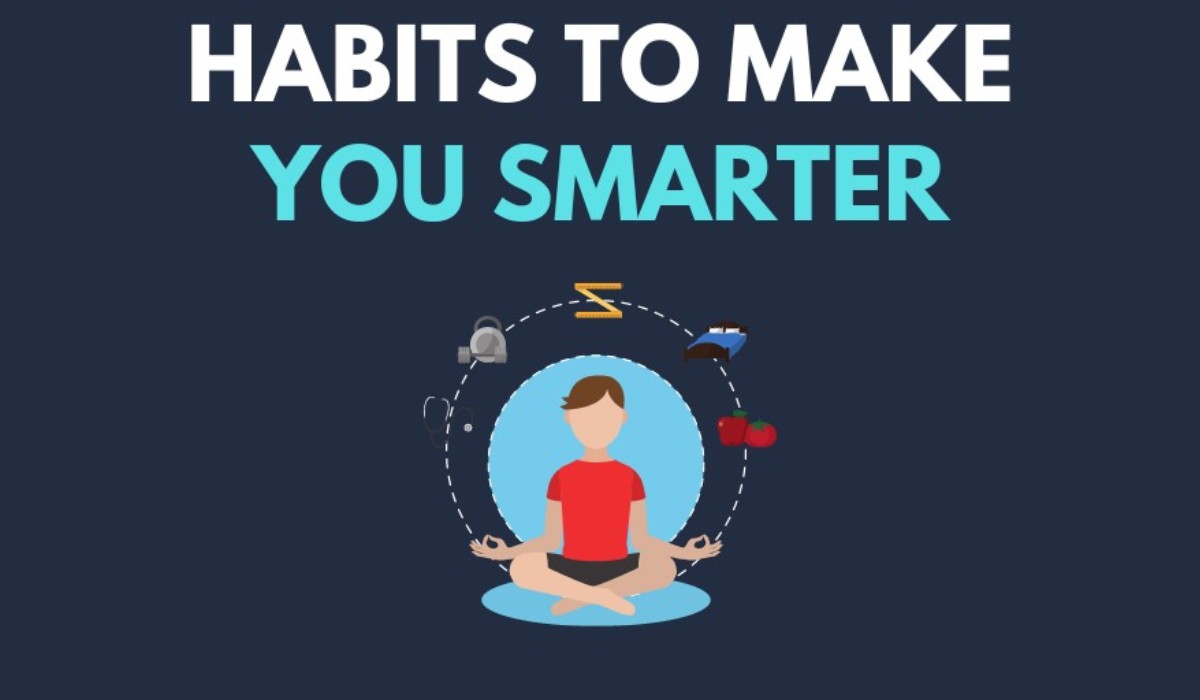Most job searchers understand the importance of including a recent, professional-looking photo on their LinkedIn profile. But did you know that not adding a photo on LinkedIn may prohibit recruiters from accessing your profile during a job search?
LinkedIn is definitely the social network for professionals looking for work—or even if you aren’t looking right now. According to Jobvite, 87% of recruiters believe LinkedIn is the most effective tool to assess job applicants.
Despite this, many job searchers do not use LinkedIn to locate work. Instead, they simply copy and paste their CV and hope that the suitable employer comes across it. According to Sue Gresham, a LinkedIn consultant based in Milwaukee, some workers in their mid-40s and older may not be as social-media aware as younger colleagues and may not know how to exploit LinkedIn.

Here are ten LinkedIn methods, tools, and suggestions you may not have known about, each of which can help you get a new job—or a new career.
1. Make oneself remember by telling interesting stories
Recruiters and hiring managers, like everyone else, prefer stories to mind-numbing lists of facts. Furthermore, studies demonstrate that storytelling can help with remembering. Telling a nice tale or two in your LinkedIn profile may help you stand out to recruiters.
For example, don’t just list your tasks for each job you list on your profile. Gresham suggests weaving an entertaining story about your job triumphs. Most importantly, explain the problems and how you solved them, particularly if you devised novel solutions to significant challenges. Keep your story brief; a lengthy yarn may turn off busy recruiters.
2. Concentrate on where you’re going rather than where you’ve been
Professionals at mid-career are often looking to reinvent themselves after years of working in a specific type of job or industry, Gresham says. But too often, their LinkedIn profiles only reflect where they’ve been. Instead, focus your profile on where you want to go.
Find your ideal jobs, then build your profile around those, Gresham advises. For example, while it’s tempting to list tons of skills from all your years of experience, keep your focus on what’s relevant to the job you’re seeking. And by all means, remove skills you no longer want to use in a job. Gresham says she once listed Facebook consultant among her skills on LinkedIn but deleted it when she decided she no longer wanted to do Facebook consulting.
3. Keep it fresh
A LinkedIn profile should be a “living, breathing document” that clearly represents what makes you “unique and worth hiring,” Gresham says, not a static set-and-forget online resume. One way to keep your profile alive: regularly share updates on topics related to your field, just as you share updates on Facebook.
Posting long-form content, such as LinkedIn blog posts, is “another great way to catch a recruiter’s eye,” says LinkedIn’s Career Expert Catherine Fisher. You can “share thought leadership advice, insights on the day’s top stories or industry trends to reinforce your experience,” which helps position you as an expert in your chosen field.
4. Get visual
In the Instagram age, many people respond well to visual content, so whenever possible, make your LinkedIn profile more visual, Gresham advises.
Have you won awards, or do you have impressive degrees or certifications? Great—post photos of them on your profile, rather than simply listing them in text. If you’ve given a well-received presentation, post it on SlideShare and add it to your LinkedIn profile. If you’ve appeared in or produced an interesting video, post that to your LinkedIn profile, too.
5. Make yourself accessible
One common mistake on LinkedIn is not making it clear how others can reach you via email or phone, Gresham says. LinkedIn limits the number of InMails its paid users can send, and doesn’t allow members of its free service to send InMails at all. That’s why it’s important to list your email address and phone number — if you are actively seeking a job — in your profile, such as in your summary.

6. Directly contact hiring managers and recruiters
Contacting influential entrepreneurs is becoming increasingly difficult as a result of caller ID and overflowing email inboxes, according to Bob Bentz, owner of Purplegator, a mobile marketing agency and LinkedIn power user. “LinkedIn is a job seeker’s best friend because it avoids gatekeepers—important executives’ guard dogs,” he explains. According to InMail, “LinkedIn is probably the only place where you can get a message directly to the person doing the hiring.”
7. Think of LinkedIn as a search engine
LinkedIn is as much a search engine as Google, one focused on finding professionals, recruiters, companies, and jobs, says Lori Bumgarner, a career and passion coach. Use it to search for recruiters in your industry. Example: If you’re in advertising, you might do a search on advertising recruiters.
You can browse for jobs using Linkedin’s “Jobs you may be interested in” page, too
On the flip side: Recruiters search for candidates using keywords, so it’s important to build out your Skills & Endorsements section with relevant keywords for which you want to be found.
8. Never say you’re seeking new opportunities
Most experts agree that you should not mention your job search in your LinkedIn profile—especially if you’re employed. Recruiters don’t use terms like job seeker in their searches, notes Sonja Hastings, a software and tech sales recruiter for Optimal Sales Search. In fact, they may actually avoid profiles with the word seeking in them, adds Bumgarner. Another reason: putting job seekers or in transition in your profile “makes you look a little desperate,” notes Gresham.
9. Clean up your other social media profiles
While LinkedIn is by far the most important social network job recruiters use, it’s by no means the only one. According to the Jobvite survey, Facebook is the second most visited social network among recruiters (55 percent, versus 87 percent for LinkedIn). If recruiters don’t like what they find out about you on another social network, it can kill your chances at getting hired.
LinkedIn members who include a photo receive up to 21 times more views. ‘Your photo is your virtual handshake, so upload a photo that aligns with your role as a professional, but that makes you approachable.’
Gresham says a client of hers, a woman in her 50s, was in the final stages of negotiating a job offer to be CFO of a major corporation. A C-level executive at the company found the woman’s Facebook profile, which contained some provocative, “politically incorrect” posts. The job offer was rescinded.
10. Post a professional photo—so recruiters can find you
A lack of a LinkedIn profile photo is the kiss of death, experts agree. It makes your profile look suspicious. It also makes your LinkedIn profile incomplete, and LinkedIn favors completed profiles in the search results that recruiters and others see, says Gresham.
In fact, LinkedIn members who include a profile photo receive up to 21 times more profile views, notes Fisher. “Your photo is your virtual handshake, so upload a photo that aligns with your role as a professional, but that makes you approachable,” she adds. “And remember to keep it professional! Unless you’re a veterinarian, a photo with your cat is probably not the best choice.”
As tempting as it may be for someone in mid- or late-career to post a photo of themselves taken 10 or more years ago, don’t do it, Gresham warns. If you’re called in for an interview, the age difference will immediately be apparent. And your interviewer may wonder what else you’re hiding.
If nothing else, an out-of-date photo is inauthentic. And being authentic is always a good strategy on social media—as well as in job interviews.











